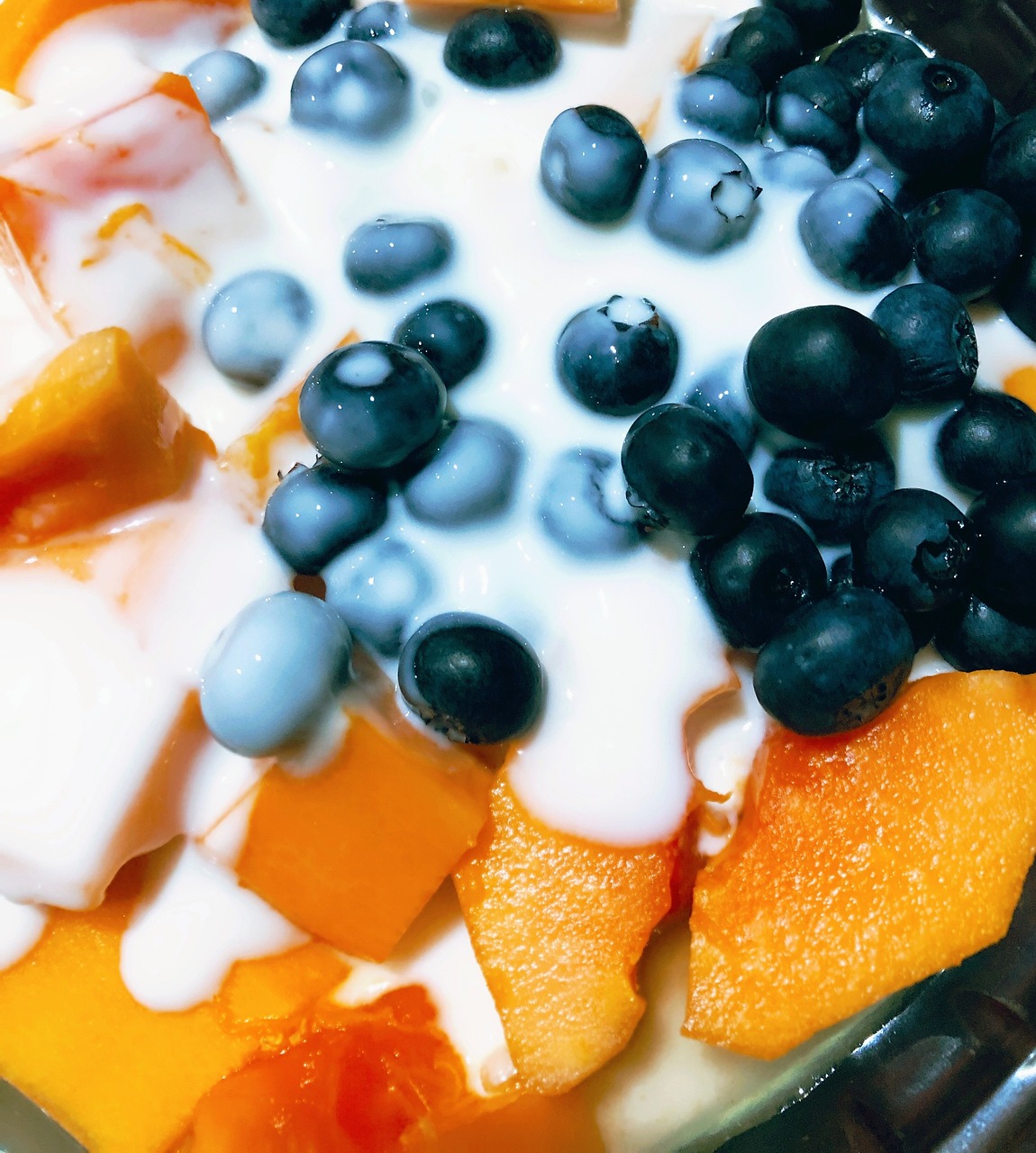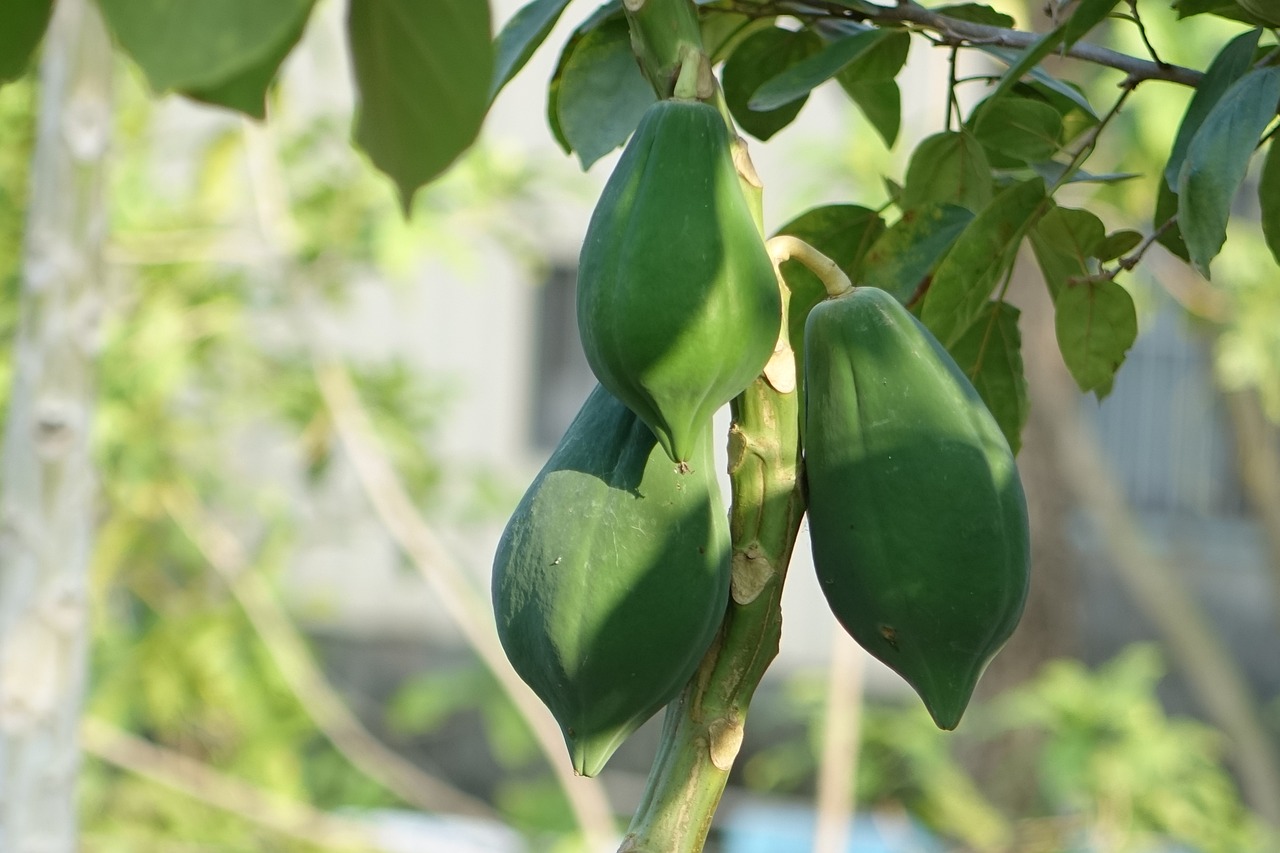“`html
Pawpaw: The Hidden Gem of the Fruit World
Introduction to Pawpaw
The pawpaw (Asimina triloba) is a unique fruit native to North America, often celebrated for its tropical flavor and creamy texture. Despite its exotic taste, the pawpaw is not widely known, which makes it a hidden gem among fruit enthusiasts.
Characteristics of Pawpaw
Pawpaw trees are small deciduous trees that typically grow to a height of 15 to 30 feet. They have large, lush green leaves and produce a distinctive fruit that is green when unripe and turns yellow or brown as it ripens. The fruit is often described as having a flavor reminiscent of banana, mango, and melon combined.
Natural Habitat
Pawpaw trees are indigenous to the eastern United States and can be found thriving in river valleys and floodplains. They prefer well-drained, fertile soil and can often be seen growing under the canopy of taller trees. This natural habitat provides the pawpaw with the filtered sunlight it needs to thrive.
Symbolism and Flower Language
In the language of flowers, pawpaws symbolize protection and nurturing. This symbolism is likely linked to the tree’s robust nature and its ability to provide a nutrient-rich fruit that sustains both wildlife and humans.
How to Grow Pawpaw
Growing pawpaw trees can be a rewarding experience, especially if you have a penchant for unique fruits. Here’s a step-by-step guide on how to cultivate your own pawpaw tree.
Site Selection
Choose a location that mimics the pawpaw’s natural environment. Look for a spot with fertile, well-drained soil and partial shade. Pawpaw trees can tolerate full sunlight, but they do best with some shade during the hottest part of the day.

Planting Your Pawpaw
Pawpaw trees are typically planted in the spring after the last frost. Dig a hole twice as wide and as deep as the root ball of your sapling. Place the tree in the hole, ensuring the top of the root ball is level with the ground, and fill the hole with soil, gently tamping it down to remove air pockets.
Watering and Fertilization
Pawpaw trees require consistent moisture, especially during their first few years. Water deeply once a week, ensuring the soil remains moist but not waterlogged. Fertilize in early spring with a balanced tree fertilizer to encourage healthy growth.
Pollination
Pawpaw trees have a unique pollination process. They rely on flies and beetles rather than bees for pollination. To improve fruit set, consider planting multiple trees to ensure cross-pollination, or hand-pollinate using a small brush.
Pest and Disease Control
Pawpaw trees are relatively pest-resistant, but you should watch for pawpaw peduncle borer and other occasional pests. Regularly inspect your trees and use organic pest control methods when necessary. Disease issues are rare, but proper spacing and airflow can prevent fungal problems.
Additional Information on Pawpaw
Beyond its unique flavor and growth requirements, the pawpaw has a rich history and numerous uses.

Culinary Uses
Pawpaw fruit can be eaten fresh or used in a variety of recipes, including smoothies, ice creams, and baked goods. Its custard-like consistency makes it an excellent ingredient for creamy desserts.
Nutritional Benefits
Pawpaws are rich in vitamins and minerals, including vitamin C, magnesium, and potassium. They also contain antioxidants and are a good source of dietary fiber, making them a nutritious addition to any diet.
Historical Significance
Pawpaws have been a part of North American history for centuries. Native Americans and early settlers valued the fruit for its nutritional benefits. It has even been said that pawpaws sustained the Lewis and Clark expedition when other food sources were scarce.
Conclusion
The pawpaw tree is a remarkable plant that offers a taste of the tropics right in your backyard. By understanding its habitat, characteristics, and growth needs, you can successfully cultivate this unique fruit and enjoy its many benefits.
For more information on other unusual fruits you can grow, check out our article on unusual fruits.
Additionally, explore this external guide for detailed information on pawpaw care and maintenance.
“`
